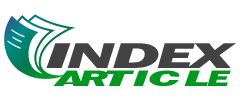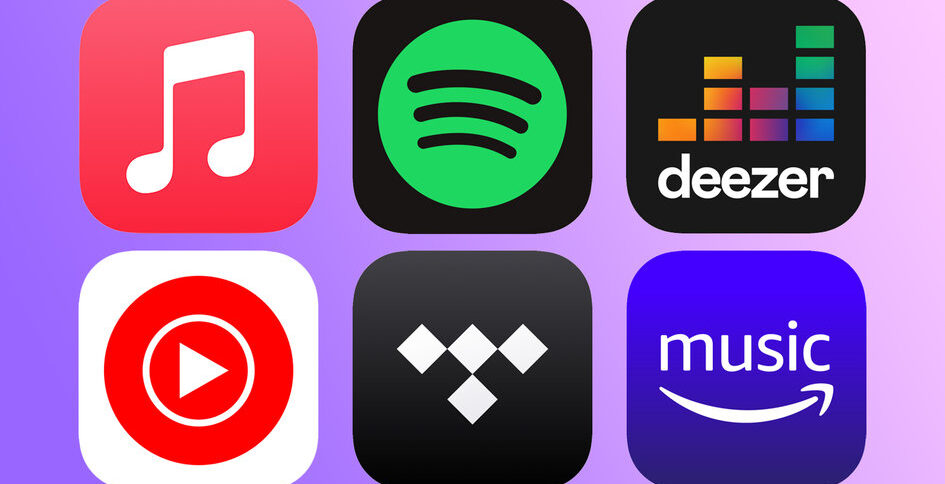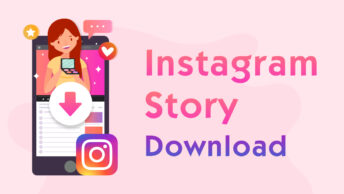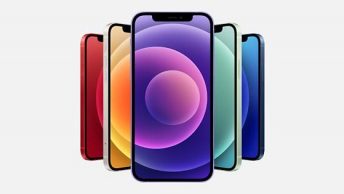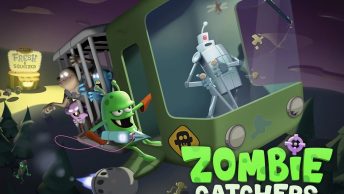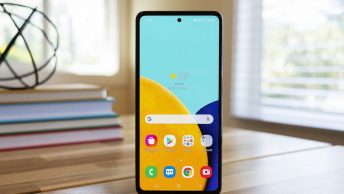A sheet music synchronization app is software that combines digital sheet music with audio or video. It helps musicians follow along with the sheet music while listening or watching, ensuring accurate timing and coordination.
Key Features of Music Apps:
- Sheet Music Display: The app shows sheet music on the screen in a digital format, supporting various file types like PDF or MusicXML.
- Audio or Video Playback: The app syncs sheet music with audio or video, highlighting or scrolling the corresponding notes in real time.
- Synchronization Controls: Users can control playback, adjust tempo, loop sections, or jump to specific measures or pages.
- Annotation and Marking: Musicians can add notes, highlights, or markings to emphasize sections or indicate cues.
- Practice Tools: Some apps include a metronome, tuner, virtual keyboard or guitar, and MIDI input.
- Cloud Storage and Sharing: Apps support storing sheet music in the cloud, syncing across devices, and sharing with others.
- Transposition and Playback Customization: Musicians can transpose music to different keys or change instrument sound and add accompaniment.
- Integration with Digital Instruments: Apps can connect to digital instruments via MIDI, providing interactive experiences and feedback.
- Music Library and Purchasing: Apps offer access to a vast digital sheet music library, with free and paid options to browse, purchase, and download.
Digital Teaching:
Digital teaching refers to using technology to enhance music education, providing instruction, engagement, and access to resources.
Aspects of Digital Teaching:
- Online Music Lessons: Teachers conduct remote one-on-one or group lessons, offering personalized instruction and feedback.
- Interactive Learning Materials: Platforms provide tutorials, videos, exercises, and quizzes for self-paced learning and review.
- Virtual Music Theory and Ear Training: Students practice identifying intervals, chords, and rhythms through online quizzes or ear training tools.
- Digital Music Notation: Students can create, edit, and share sheet music digitally, submitting assignments for assessment and feedback.
- Remote Collaboration: Students collaborate remotely on ensemble projects, composition, and real-time rehearsals using collaboration tools.
Digital Ensemble:
A digital ensemble is a group of musicians collaborating using digital technologies and software, connecting remotely to synchronize performances and interact.
Aspects of Digital Ensembles:
- Remote Performance: Ensemble members record performances using instruments or digital devices, combining them using audio workstations or video editing software.
- Virtual Rehearsals: Musicians practice together, provide feedback, and refine performances through video conferencing tools.
- Live Streaming and Recording: Ensembles live stream performances on platforms like YouTube, reaching a wider audience, and share recorded performances.
- Digital Instrumentation and Sound Manipulation: Ensembles use electronic instruments, synthesizers, MIDI controllers, and software to explore unique sounds and manipulate audio.
- Interactive Performances: Ensembles engage audiences through live chat, social media participation, or synchronized visuals and lighting effects.
Conclusion:
Digital teaching and ensembles enable musicians to collaborate remotely, breaking barriers, expanding music education, and connecting performers from different locations.
